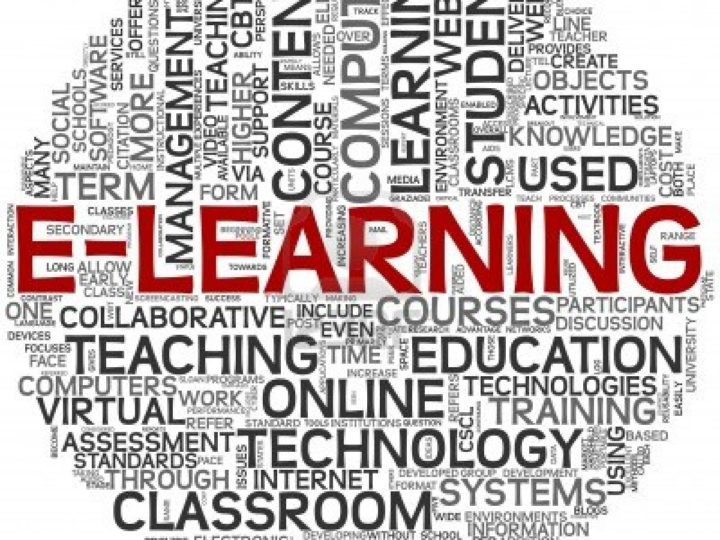Script:
First 15 seconds of Godzilla 1954 Trailer
1:10-1:20 of Hatsune Miku video
1:06- 1:14 of Serial Experiments Lain Trailer
https://www.youtube.com/watch?v=t5y4nQ5Y1V8
Text image of the title of the book: Robot Ghosts and Wired Dreams: Japanese Science Fiction From Origins to Anime edited by Christopher Bolton, Istvan Csicery-Ronay Jr., and Takayuki Tatsumi
—— 0:40
Today I am doing a video review for the book Robot Ghosts and Wired Dreams: Japanese Science Fiction From Origins to Anime edited by Christopher Bolton, Istvan Csicery-Ronay Jr., and Takayuki Tatsumi. This book contains articles where authors place Japanese Science Fiction within a broader conversation regarding Science Fiction as a genre which is used to interact with the often turbulent present by envisioning highly varying futures.
The book is divided into two parts. First, a history of the genre in Japan is framed within the context of national identity and issues surrounding the second World War and industrialization alongside the development of Science Fiction as a genre. For example, in Thomas Schnellbacher’s chapter titled “Has the Empire Sunk Yet?”, the author considers how SF in Japan was used to capture conflicting feelings regarding national identity following WWII particularly through the use of monsters, leading to a new understanding of the ‘ghosts of the past’. In the second section, authors consider how new media and technology are being used by authors and other artists to explore science fictional themes such as virtual reality and the relationship between the body and technology through both narrative and popular culture phenomena. At the beginning of this video I featured three examples: Godzilla, the hologram pop star Hatsune Miku performing for a sold-out crowd, and a clip from the anime series Serial Experiments: Lain, all of which are used as examples throughout this book and characterize some of the concerns and contexts discussed within both sections.
In Robot Ghosts and Wired Dreams, it is argued that Japanese SF is characterized by tensions having to do with understanding and negotiating identity. In the late 1990s the issue of personal and national identity is complicated by increasing concerns about technology and the body. The following are examples of anime referenced in the latter section of the book, in various ways contributing to the blurred line between technology and the self in the style of science fictional dystopia.
Clip from Neon Genesis Evangelion 0:26 – 0:40
https://www.youtube.com/watch?v=waO6w7AJAVc
1:50-2:00 of Ghost in the Shell video
https://www.youtube.com/watch?v=0j6wsGuzP2Q
The general argument cutting across the articles in the anime section of Robot Ghosts and Wired Dreams is ultimately that Japan’s shifting culture and identity in both national and technological contexts is most effectively understood through SF and anime, where science fiction in a variety of forms is a vehicle through which Japanese authors and artists alike contemplate the politics of identity.
In my own work I argue that prose SF can be used in school to meet a variety of curriculum expectations in English classrooms, but Robot Ghosts and Wired Dreams forced me to extend this argument further. Not only can prose SF be used effectively to understand complex concepts and contemplate the future, but popular media such as anime is more than capable of exploring these issues as well. This collection suggests that the spaces where this inquiry is occurring in Japan is diversifying as animators test the limits of their genre in science fictional ways. So too must our methods of inquiry and exploration change in the classroom, expanding our idea of what the word ‘text’ might encompass. I definitely suggest this book to anyone who is familiar with the history of SF as a genre and wants to move beyond its usual North American context.
Thanks for watching! All videos in this review are clips from longer videos, and the links to those videos are listed in the credits.
Bibliographic Information for Robot Ghosts and Wired Dreams:
Bolton, C., Csicsery-Ronay Jr., I., & Tatsumi, T. (Eds.) (2007). Robot Ghosts and Wired Dreams: Japanese Science Fiction from Origins to Anime. Minneapolis: University of Minnesota Press.




